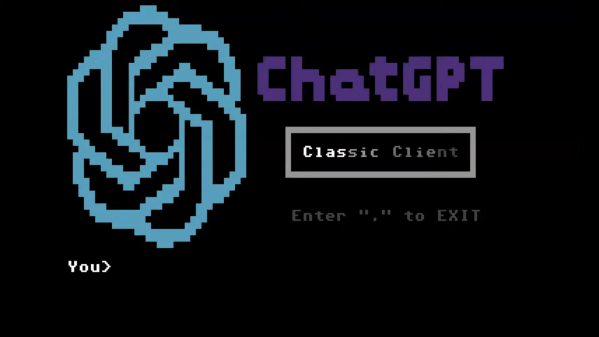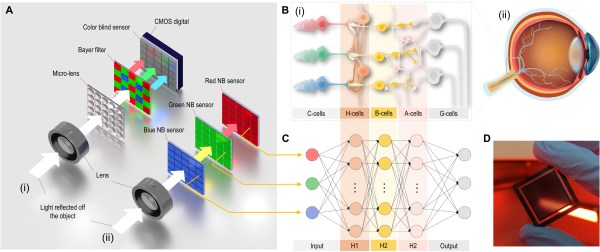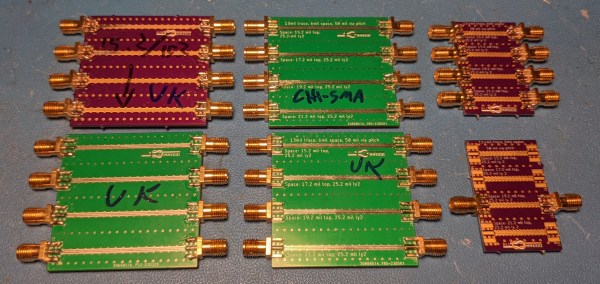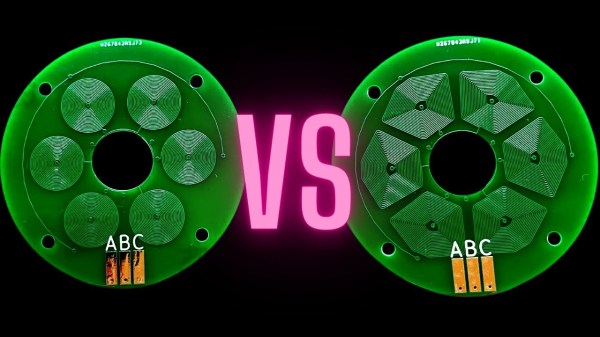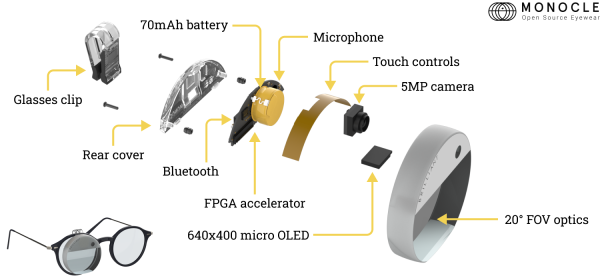ChatGPT, powered by GPT 3.5 and GPT 4, has become one of the most popular Large Language Models (LLM), due to its ability to hold passable conversations and generate large tracts of text. Now, that very tool is available on the Commodore 64 via the Internet.
Obviously, a 6502 CPU with just 64 kilobytes of RAM can barely remember a dictionary, let alone the work with something as complicated as a modern large language model. Nor is the world’s best-selling computer well-equipped to connect to modern online APIs. Instead, the C64 can access ChatGPT through the Retrocampus BBS, as demonstrated by [Retro Tech or Die].
Due to security reasons, the ChatGPT area of the BBS is only available to the board’s Patreon members. Once in, though, you’re granted a prompt with ChatGPT displayed in glorious PETSCII on the Commodore 64. It’s all handled via a computer running as a go-between for the BBS clients and OpenAI’s ChatGPT service, set up by board manager [Francesco Sblendorio]. It’s particularly great to see ChatGPT spitting out C64-compatible BASIC.
While this is a fun use of ChatGPT, be wary of using it for certain tasks in wider society. Video after the break.

